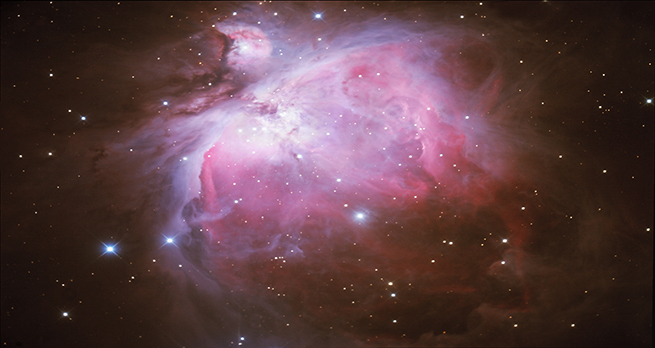Orion Glossary
radial velocityThe component of an astronomical object's relative velocity in the line of sight of an observer, i.e. in a radial direction towards or away from the observer. |
red giantA large, cool star that is going through subsidiary stages of nuclear reactions, having exhausted its hydrogen fuel supply. |
red giant branchA region on the Hertzsprung-Russell diagram in which red giants (luminous but cool stars in the later stages of their evolution) are found. |
redshiftA shift of a spectral line to redder (longer) wavelengths. There are two types of redshift discussed in this course: (1) Doppler shift – resulting from motion of the emitting object away from the observer. This is the case for some nearby galaxies, but this is not the underlying physical cause of most cosmological redshifting. (2) Cosmological redshift – resulting from expansion of the Universe (see the Hubble constant, Big Bang) which stretches the wavelength of the light, making the light redder. |
rocky materialsMaterials, such as minerals and metals, that are present in Solar System bodies that require high temperatures in order to melt (cf. icy materials). |
